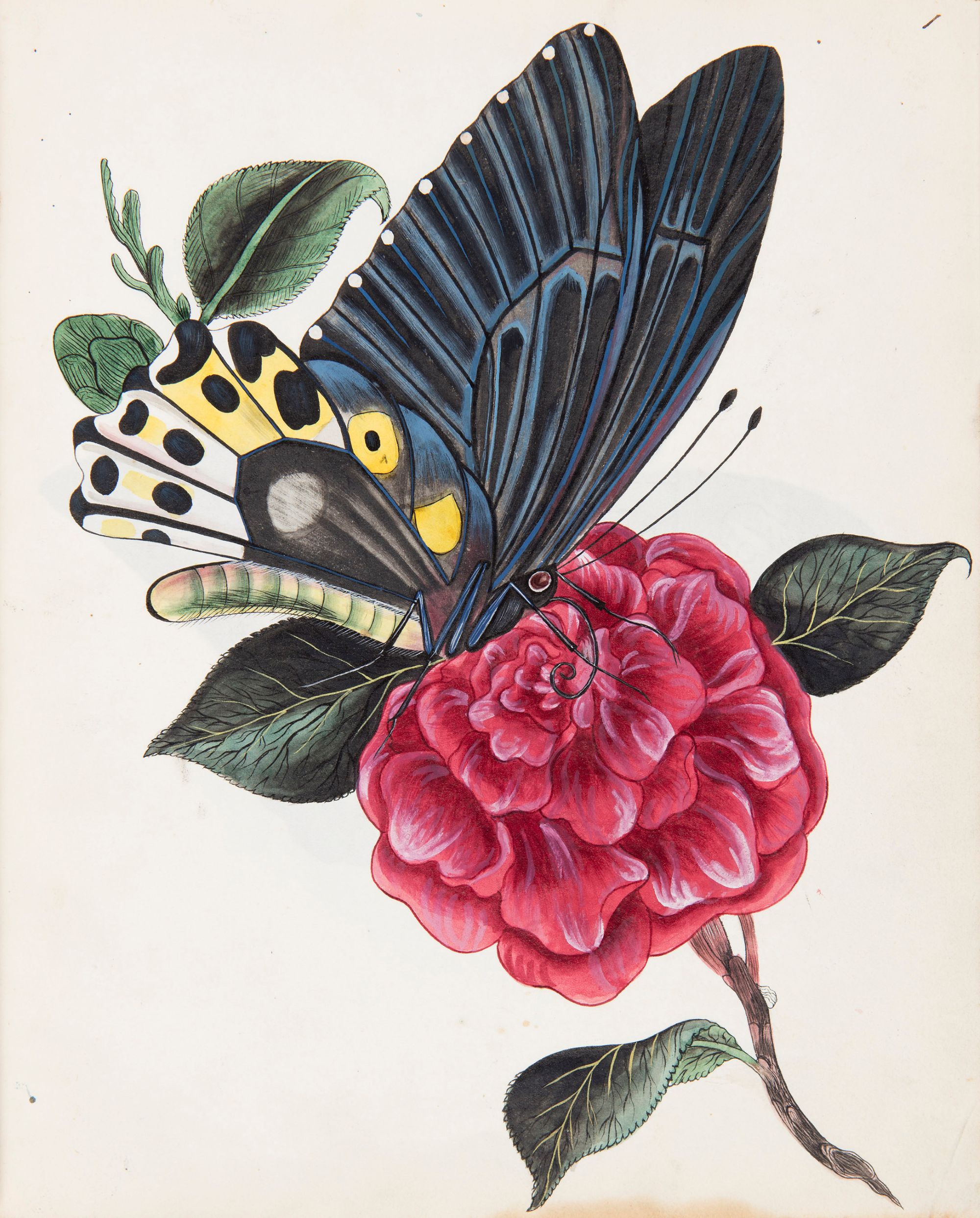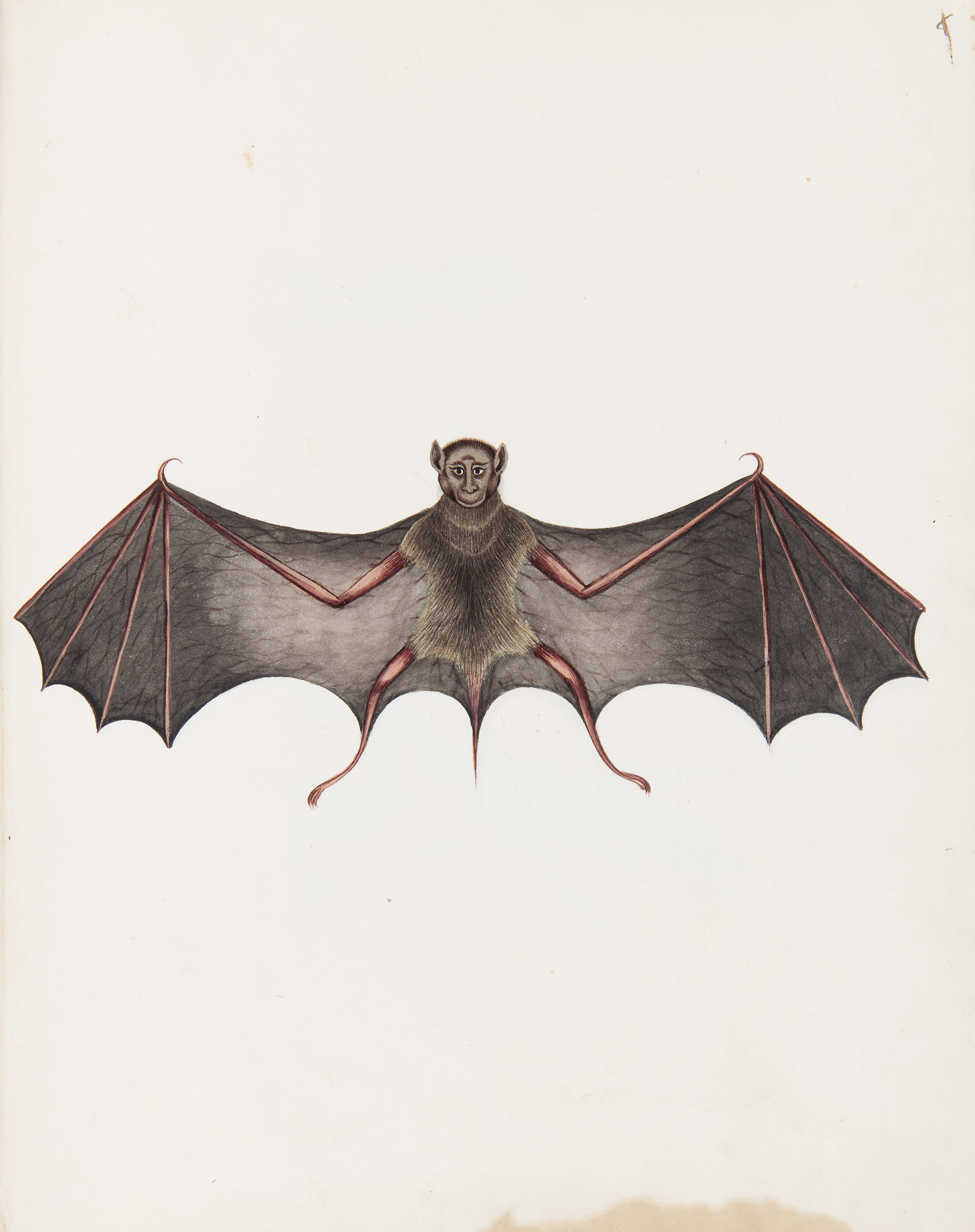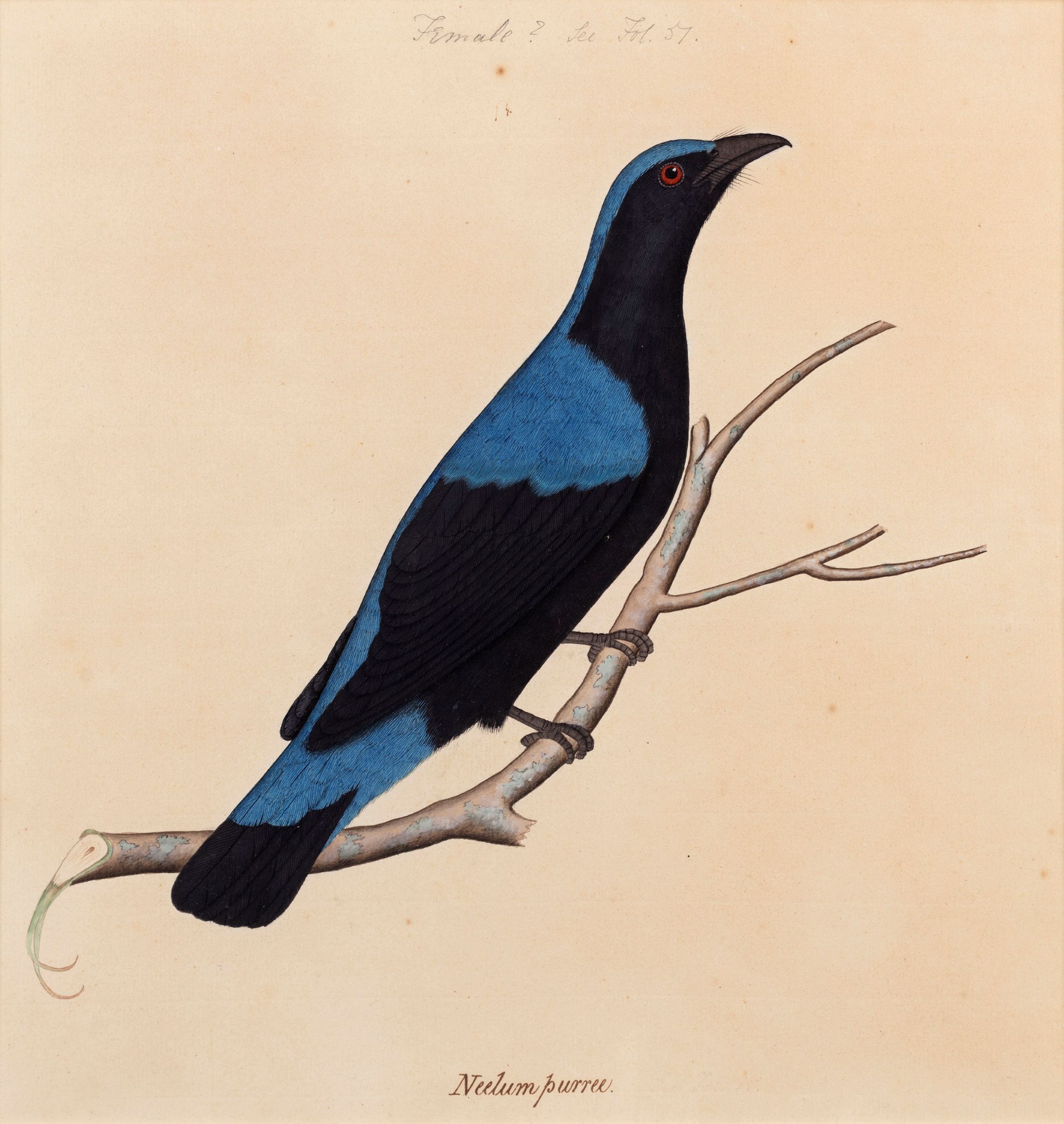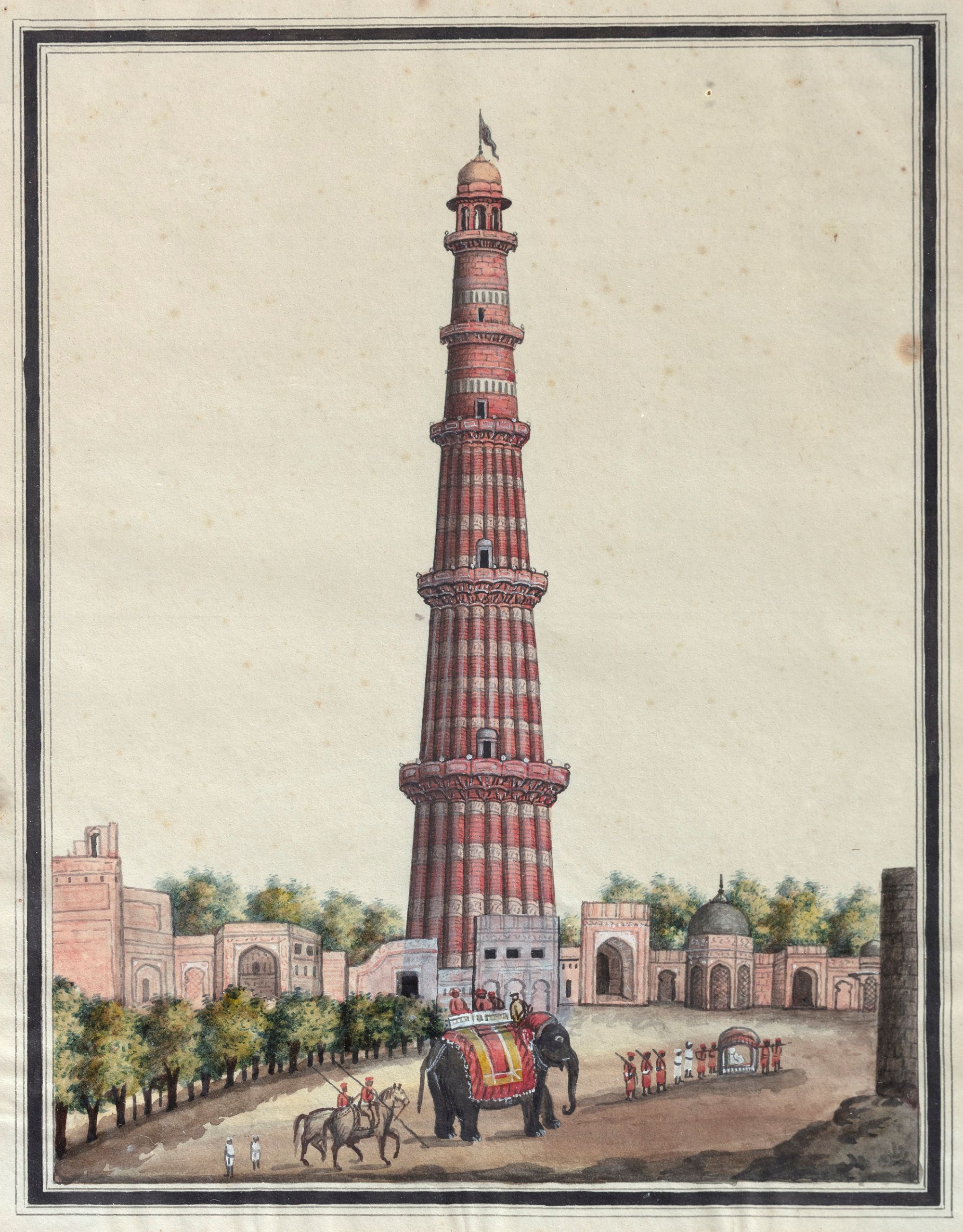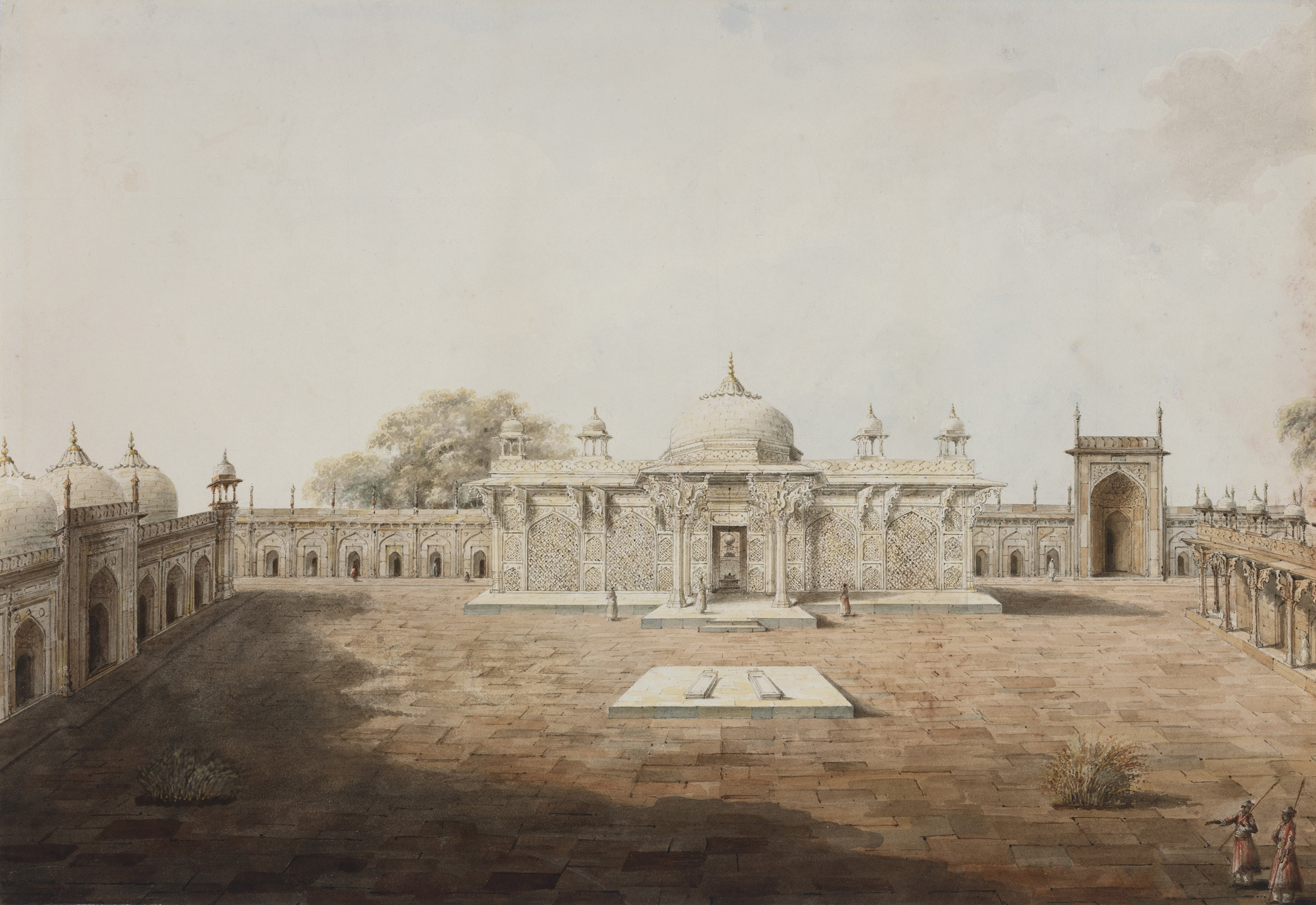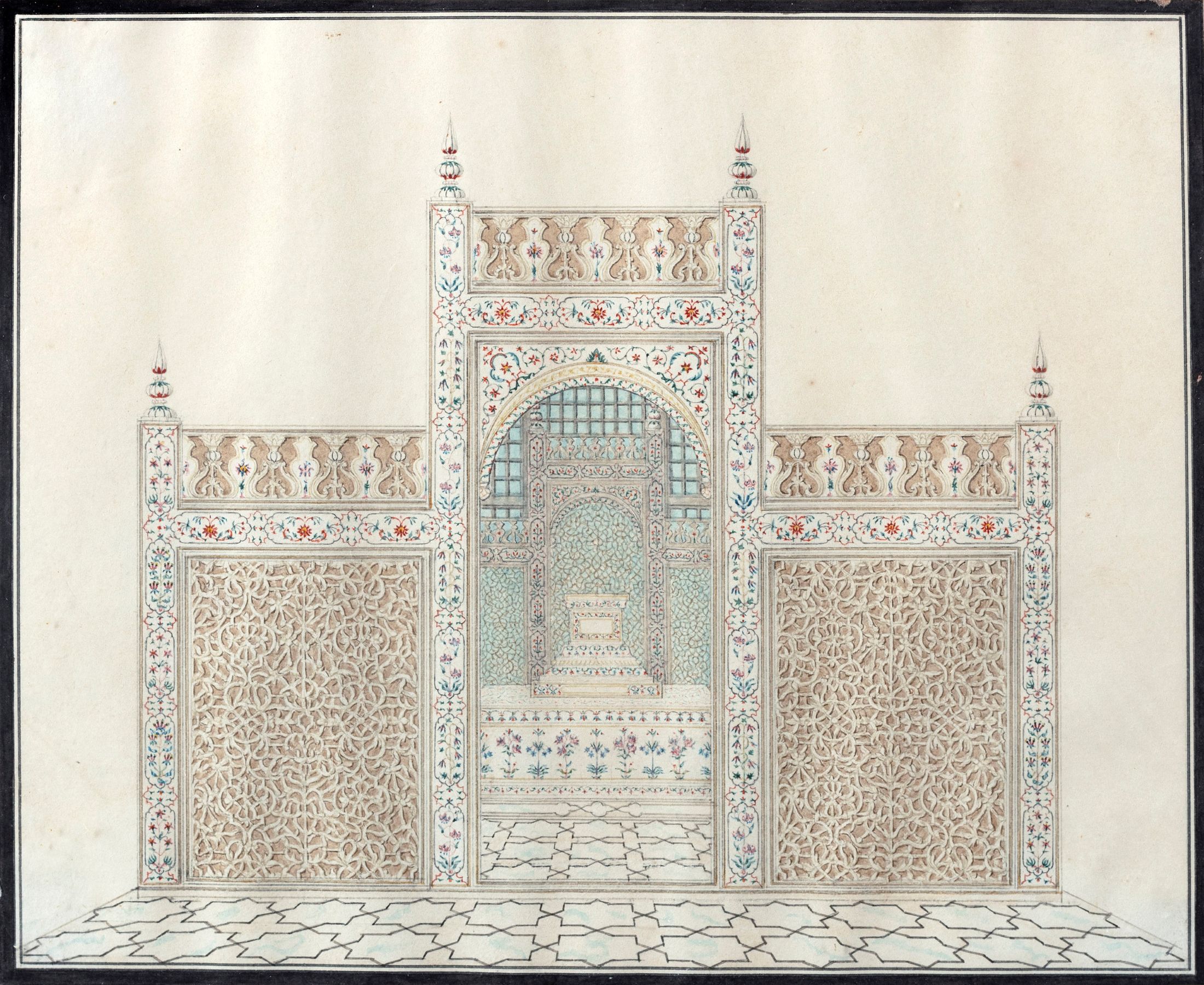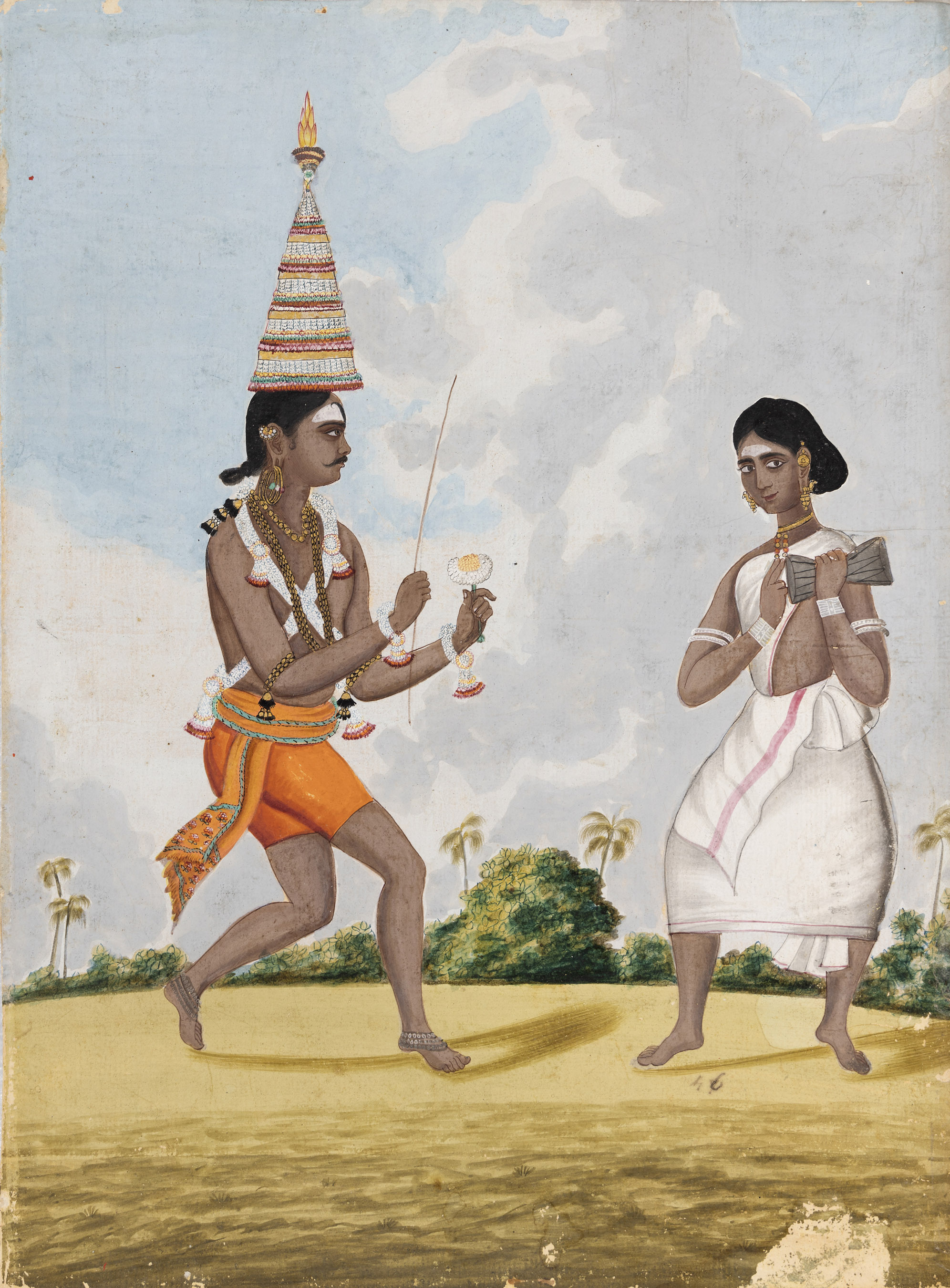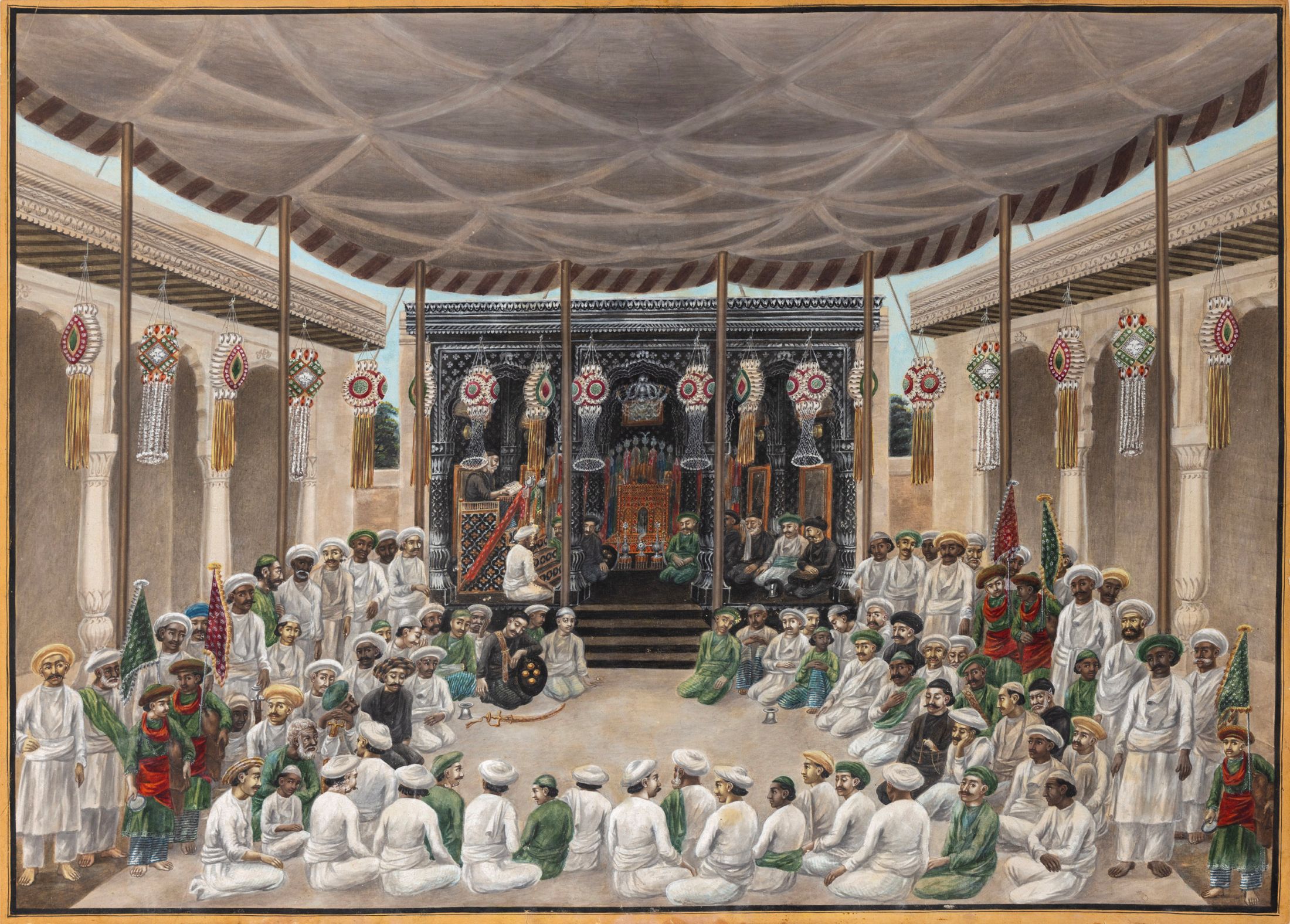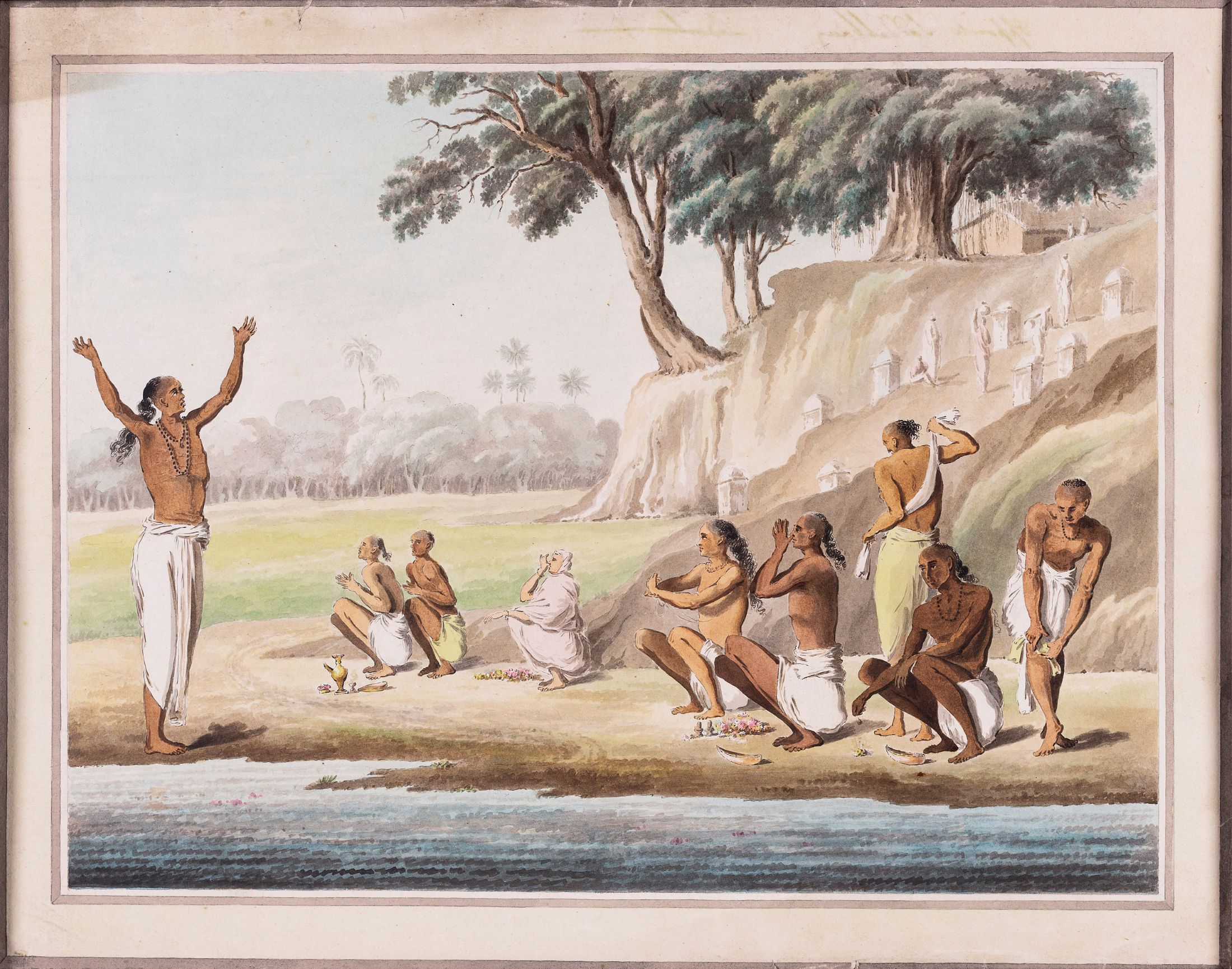A Treasury of Life: Indian Company Paintings c. 1790-1835
A Treasury of Life: Indian Company Paintings c. 1790-1835
A Treasury of Life: Indian Company Paintings c. 1790-1835
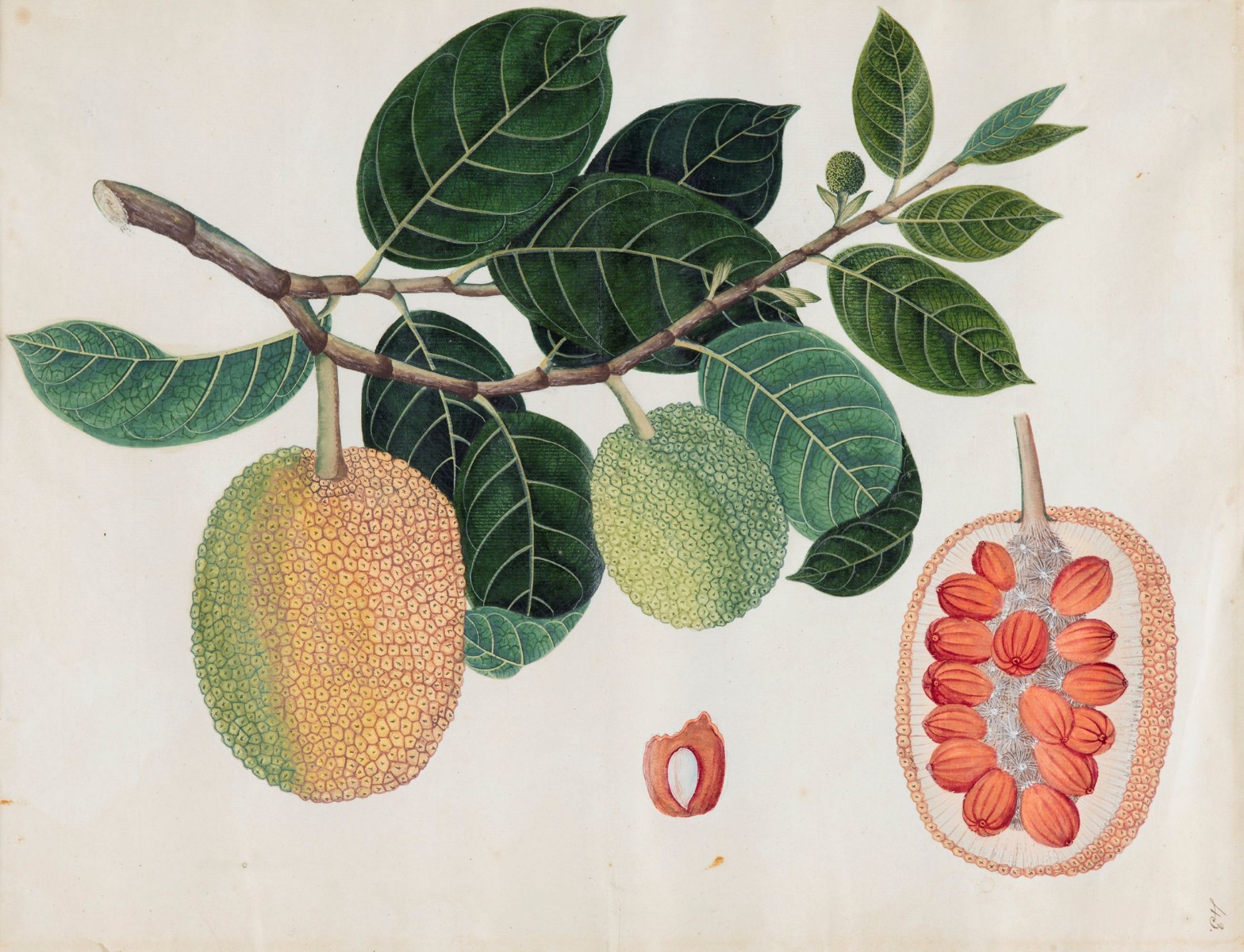
|
A Treasury of Life: Indian Company Paintings c. 1790-1835 Aguad Port & Jail Complex, Sinquerim Goa, 2nd Dec 2025 - 14 Jan 2026 An exhibition by DAG in collaboration with the Department of Tourism, Government of Goa |
|
The term ‘Company painting’ was coined some seventy years ago to describe works made by Indian artists working for European patrons in India – typically employees of the various foreign trading companies – in the late eighteenth and early nineteenth centuries. Early enthusiasts of the genre were few: most people thought it was too late or ‘decadent’ to be considered as good court art, and too early or ‘primitive’ to be considered as modern. Recent exhibitions and publications have raised awareness and appreciation of this exceptional phase of Indian art, and this exhibition contributes to that purpose. If we look beyond outmoded prejudices and focus on the accomplishments of Company painting, we will note that this was the moment when Indian artists who had trained in courtly ateliers first moved outside the court to work for new patrons. The agendas of those patrons were not tied up with courtly or religious concerns. They were enthralled by India’s flora and fauna; by its architectural traditions; and by the costumes, customs and manners of its diverse peoples; and they looked to local artists to capture these details in images that would help them understand an environment that was new to them. Never mind that the patrons were foreigners, and their vision could be ill-informed. What should strike us now is how the artists responded to their demands with skill and passion, creating entirely new templates of Indian art. Company painting, while reflecting India’s past, also shows us a moment of modernity. |
|
|
|
Natural History Some of the earliest and most admired of natural history studies among Company paintings were produced in the 1770s in Calcutta and Lucknow for patrons such as Mary Impey and Claude Martin. Both employed artists trained in the ateliers of regional courts, such as Murshidabad and Lucknow. The patrons provided materials, including European paper and pigments, and models to work from, such as European illustrated books on botany. The artists contributed their more intimate knowledge of the subject matter. Over the course of time, the close association between patron and artist weakened, as increasing numbers of Europeans in India sought to collect such works, and more artists realised that there was a ready market to exploit. By the 1840s, artists were producing standard sets of images, often copied from templates, depicting garden flowers, or birds, or butterflies, which they offered for sale to anyone who wanted them.
|
|
|
Unidentified Artist (Company School)
Common Birdwing (Troides helena)
Unidentified Artist (Company School)
Indian Flying Fox (Pteropus medius)
Unidentified Artist (Company School)
Asian Fairy Bluebird (Irena puella)
|
Architecture and Landscape Another feature of India that proved fascinating for Europeans was its built heritage. For those who were able to travel in the subcontinent, historic monuments were of course powerful magnets; and in the period before the introduction of photography, a painting was the best record or memento of a visit. The famous buildings of the Mughal empire became much more accessible to European travellers after British forces under the command of Lord Lake had wrested control of Delhi and Agra in 1803. It is true that certain English landscape painters – notably William Hodges and Thomas and William Daniell – had visited Agra in the 1780s, but their original paintings (as opposed to their prints) were expensive, so patrons turned to local artists to supply what they required. Quickly mastering single-point perspective and the watercolour technique, Delhi and Agra artists produced outstanding views of all the favourite monuments. In this period, the picturesque was the preferred aesthetic among the English, but Indian artists were surprisingly slow to take it up. Most Company depictions of buildings show them on a blank background (in the same manner as the botanical views), without any landscape background. Against this trend, Sita Ram, active in the period 1814-20, mastered the picturesque and showed the way for others to follow. |
|
|
Delhi Artist (Company School)
Qutub Minar
Sita Ram
A View of the Dargah of Sheikh Salim Chishti, Fatehpur Sikri
Agra Artist (Company School)
The Tomb Screen, Taj Mahal
|
Customs and Trades Nowhere is the intrusion of the Western mind into Indian painting in this period more apparent than in the production of so-called Trades albums, meaning collections of images that illustrate the variety of professions or castes that make up Indian society. Some of these albums aim at comprehensive coverage of the range of people found in one district, while others focus on a cluster of professions within a larger community. The consistent underlying aim is to order elements of Indian society within traditional caste-bound groups. Without a demand from foreign patrons, such a genre would never have arisen within Indian painting. Our selection includes folios from two albums painted in Thanjavur, which between them show professions ranging from agricultural labourers and street performers to textile craftsmen and rich merchants. Looking slightly wider than depictions of individuals or couples representing trades, some artists made scenic views of festivals and religious rites such as Kali puja and Charak puja. The master of this genre was the Patna artist Sewak Ram. |
|
|
Tanjore Artist (Company School)
A Mariyamman dancer and his Wife
Sewak Ram
Prayers and Recitations at the Muharram Festival
Murshidabad Artist (Company School)
Pilgrims at a Riverbank
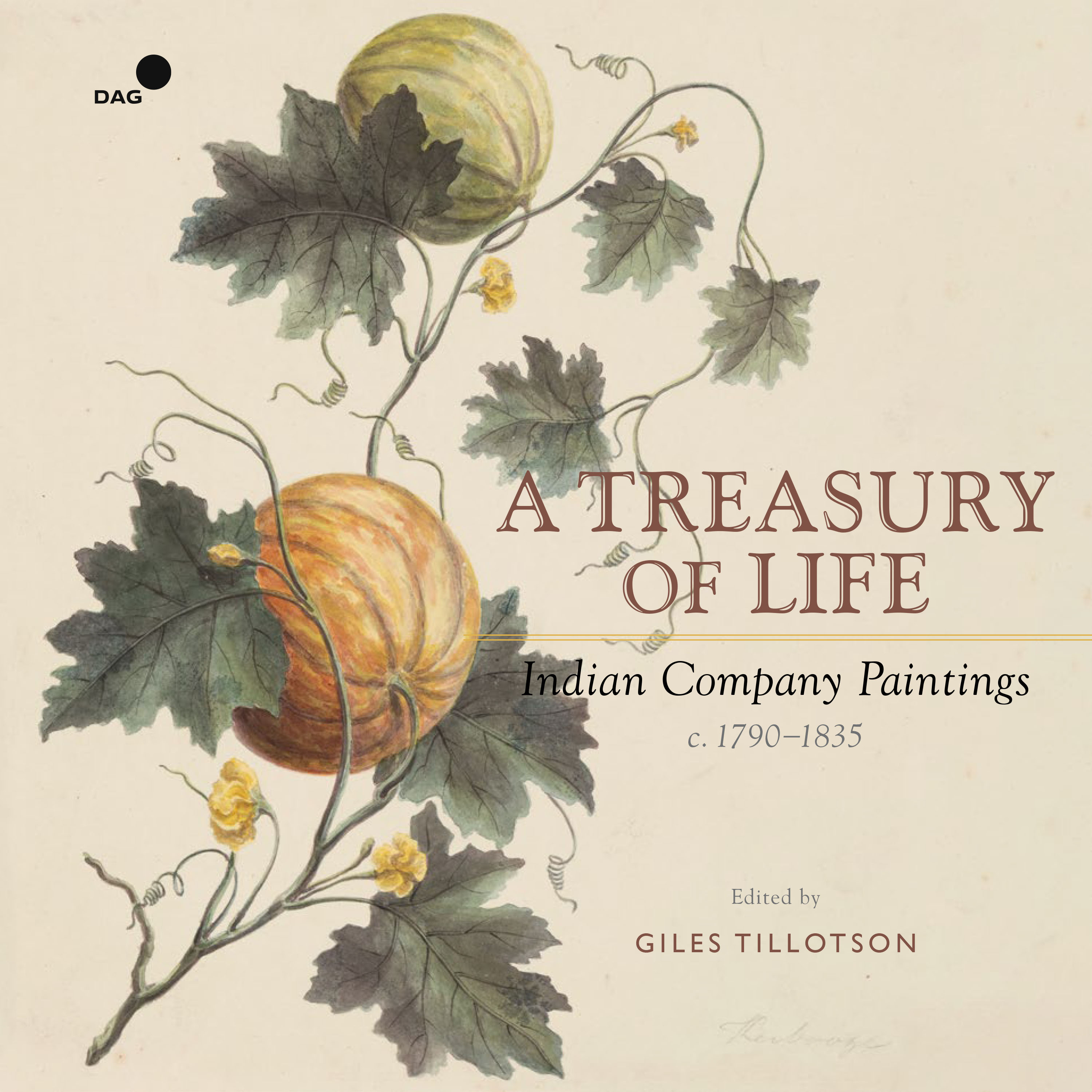
Presented by






